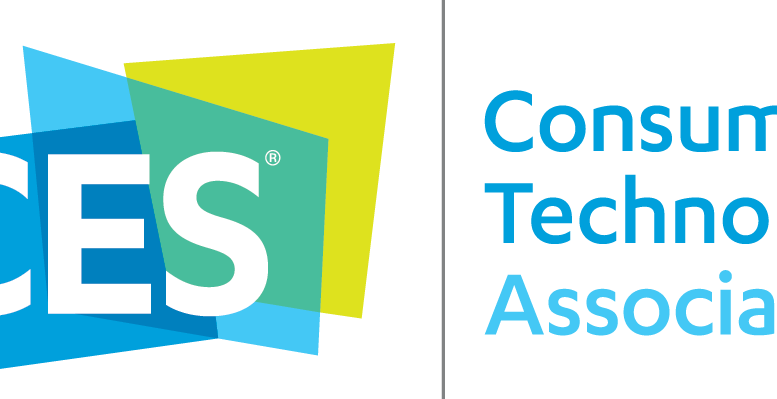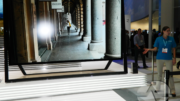Tomorrow, the blog team is off to CES. They don’t call it the Consumer Electronics Show anymore, I guess CES doesn’t actually stand for anything at all. But call it what you will, for a few days the world will take notice, usually in the form of shortform articles on tech blogs and kooky puff pieces on the local news.
Millions and millions of dollars will be spent on displays, parties, car services, and dinners. Is it all worth it, or is CES just a relic of days gone by?
Consider this: I think CES peaked in the mid-2000s. The signature product for CES, at least in this millennium, has been the giant TV. This was true in 2006 when a giant TV meant 37″, and it was just as true in 2017 when Samsung and LG filled their booths with 80″ and 90″ monstrosities. But even those guys have to know that the market for giant TVs is more or less saturated. Sure there will be new features and the 1-percenters will be glad for them, but most folks buy a TV at a big box store for under $700 and it’s the best TV they’ve ever seen. You don’t need a trade show for that.
CES had a few bad years around 2010 — didn’t we all? — but by 2012 it was bouncing back with fresh optimism. The problem became, what’s the product? They expanded into drones, healthcare, wearables, accessories of all kinds, but increasingly the challenge at the CES show was finding the one interesting thing among 500 booths selling the same thing. That, and the 45-minute wait for a taxi.
Things took a bit of a turn last year. It used to be super-easy to get into the CES show. It just took a fake business card and a made-up company name. Today, you actually have to prove you belong there, and registration — once free — costs over $100 for most new folks. The result was literally over 10,000 people staying home. The show was less attended, but it was still bigger than ever.
You see, CTA, the company behind CES, books booths years in advance. There are companies out there you never see in real life, whose bloom has long faded but who still command a prime spot in the South Hall. (Casio, I’m talking to you.) It’s going to take a while for companies to realize that unless they do it up “big” there’s just no reason to do it at all. I think in another five years or so we’ll see a drop in exhibitors, but that’s just a guess.
So who will be there? Neither DISH nor AT&T are listed in the show directory this year. If that’s true, that’s a big departure for DISH who has previously had a big presence. SureCall and weBoost will both be there in the North Hall, and Televes will have a booth in the Sands Expo Center. But when it comes to really big reveals from our best vendor partners, I am worried I won’t have much to write about.
On the other hand, the smaller, less traveled spaces should be the best. The halls which feature anonymous manufacturers from the Far East, each tucked away in identical booths, have been the real source of action in the last few years, and it’s where I’ve ended up spending most of my time. Of course, the stuff that happens there is usually private, and you see the results when we roll out new products months later.
The big guys — Samsung, LG, the car makers, Intel, what have you — will still dominate the show and I’m sure there will be just enough kooky stuff to generate some articles out there in the blogosphere. And, of course, most of it won’t ever be made. Remember last year’s triple-screen laptop? Heard anything about it since? I’m not worried about this year. But CES 2020? I bet it will be a completely different deal.





